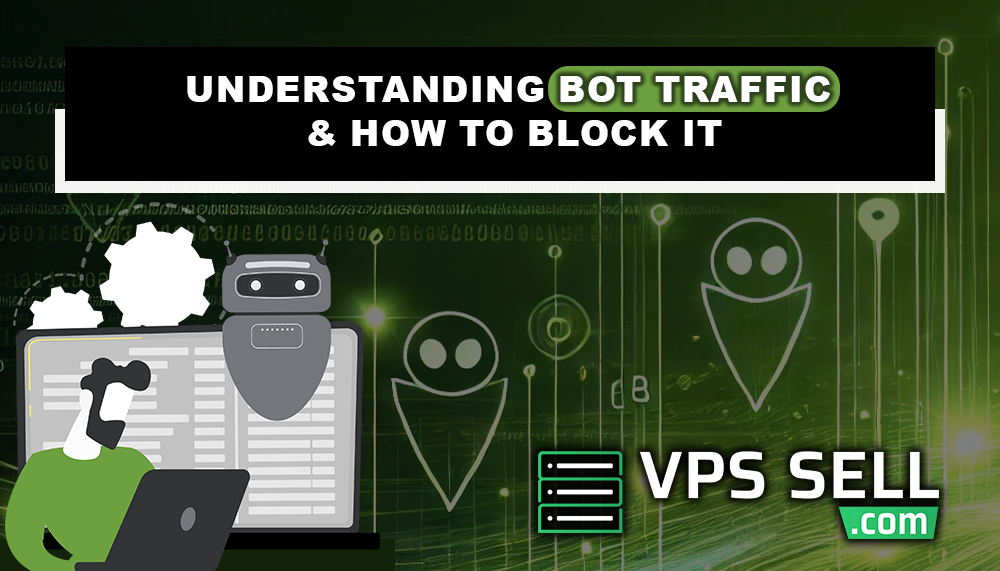
Understanding Bot Traffic and How to Block It
Bot traffic is an evolving concern for website owners since it has both site performance and analytics implications. Bots are automated scripts or programs that visit websites either to collect information, imitate user behavior, or even to cause harm. Some bots are harmless; examples include search engine crawlers. Others can be malicious in intent and designed to overload the servers or steal data.
Why Bot Traffic is a Problem
They can distort website analytics, making it appear like the site is visited more than it actually is. This will lead to bad information about user behavior and poor decisions at the level of the website owner. More serious forms of bot traffic can slow down your website, eat away at your server resources, and generally impact the overall user experience.
Some bots may be utilized to scrape content, DDoS attack, or even try to breach security. This is the rationale behind why it would be pivotal that traffic be identified and blocked as a bot.
How to Identify Bot Traffic

There are a number of indications that your website is receiving bot traffic. They include sudden high visits from a particular region, getting high bounce rates, peculiar spikes in traffic at odd hours, and low engagement rate on your pages. Bots exhibit different characteristics compared to human users. For example, it will visit a large number of pages within a very short period of time or make repeated requests from the same IP address.
Using site analytics, such as Google Analytics, a webmaster is able to find unusual traffic patterns and hence trace the difference between real users and bots.
Ways to Block Bot Traffic:
-
Performing of CAPTCHA tests: The most obvious way to prevent the entry of bots onto the website is to use CAPTCHA tests, which involve the identification of objects in images or writing out characters that have been greatly distorted. Such tasks can neither be done by the bots nor allow them access to the site.
-
IP Blocking: Most bots operate from particular IP addresses or blocks of IP addresses. In this case, the IP range of a bot can be traced and banned by the administrator from entering a particular website. However, in this method frequent updates are required as their IP addresses are changed very frequently.
-
Using a WAF: A WAF can act as a shield between the website and incoming traffic. Identifying and blocking bad bots by their behaviors might be done with it. Most WAF services have solutions for bot detection and mitigation that will filter out non-human visitors.
-
Bot Traffic Detection Tool: Many services are committed to detecting and blocking bot traffic. The tool monitors real-time incomings, tracks visits, and differentiates between human visitors and bots. Among the most used bot-detecting tools, one can name services like Cloudflare and Akamai.
-
Rate Limiting: You can quickly block requests from the same IP address to your website within a short period of time. This prevents bots from making so many requests that can overwhelm the server.
How to Prevent Bot Attacks
While blocking bot traffic is important, prevention plays an equally important role. Owners should frequently update their security and monitor website traffic to outsmart new bot threats. Ensuring all security patches are applied and using strong authentication methods may help in deterring bots from finding vulnerabilities to exploit.
Also, owners of websites can come up with behavior-based detection methods, which would study the pattern of interaction between a user and the site. Various bots may reflect predictable behavior, for example, visiting pages but never clicking on links, or spending too little time on a site. This provides an easy way to identify these kinds of behaviors and block them; these acts will reduce interference on the part of bots.
Conclusion
Though bot traffic remains a hassle for website owners, it can still be coped with if proper strategies are considered. A variety of bots can be understood, and methods such as CAPTCHA, blocking IP addresses, firewalls, and services that detect bots will help the owner protect his website from potential damages due to bot traffic. From this angle of view, regular monitoring and keeping abreast of every security best practice is vital in this regard.